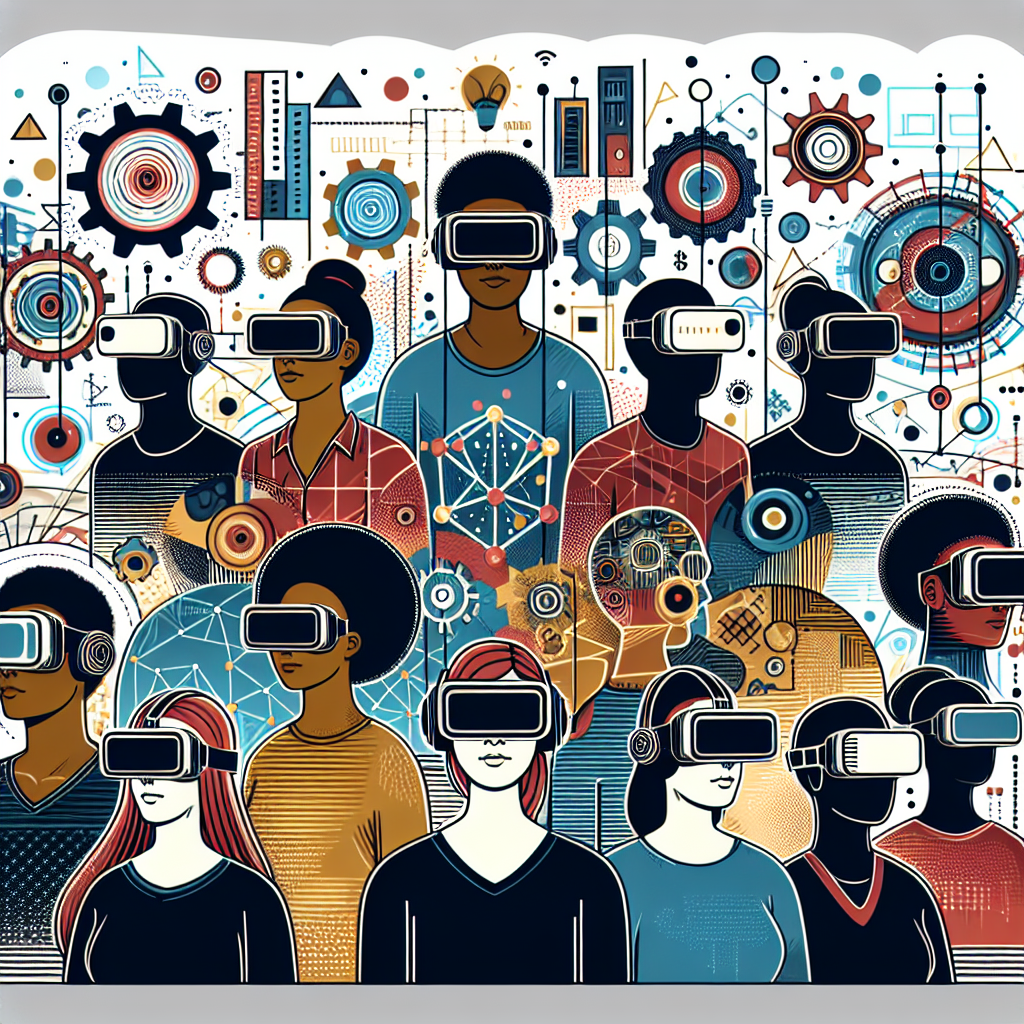Your cart is currently empty!
Tag: Shaping

The Top Trends Shaping the Managed Service Provider Industry
The managed service provider (MSP) industry is experiencing rapid growth and evolution, driven by advancements in technology and changing customer demands. As businesses increasingly rely on IT infrastructure to operate efficiently, MSPs are playing a crucial role in managing and maintaining these complex systems. Here are some of the top trends shaping the MSP industry today:1. Cloud Computing: Cloud computing has revolutionized the way businesses store, manage, and access their data. MSPs are now offering cloud-based services to help businesses migrate their applications and infrastructure to the cloud. This trend is expected to continue as more businesses embrace the flexibility, scalability, and cost savings that cloud computing offers.
2. Cybersecurity: With the rise of cyber threats and data breaches, cybersecurity has become a top priority for businesses of all sizes. MSPs are increasingly offering cybersecurity services to help businesses protect their sensitive information and defend against cyber attacks. This trend is expected to grow as businesses face increasingly sophisticated threats from hackers and cyber criminals.
3. Artificial Intelligence and Automation: AI and automation are transforming the way MSPs deliver services to their clients. AI-powered tools can help MSPs monitor and manage IT systems more efficiently, identify potential issues before they occur, and automate routine tasks. This trend is expected to accelerate as businesses seek to improve their IT operations and reduce downtime.
4. Internet of Things (IoT): The proliferation of IoT devices is creating new opportunities and challenges for MSPs. As more devices become connected to the internet, MSPs are helping businesses manage and secure these devices, collect and analyze data from them, and integrate them into their IT infrastructure. This trend is expected to continue as the number of IoT devices continues to grow.
5. Managed Security Services: As businesses face increasing cybersecurity threats, the demand for managed security services is on the rise. MSPs are offering a range of security services, including threat detection and response, vulnerability assessments, and security awareness training. This trend is expected to continue as businesses seek to enhance their security posture and protect their sensitive data.
Overall, the MSP industry is evolving rapidly to meet the changing needs of businesses in today’s digital age. By staying ahead of these trends and embracing new technologies, MSPs can continue to provide valuable services to their clients and drive growth in the industry.

Cisco’s Role in Shaping the Cloud Computing Industry
Cisco Systems, Inc. is a global technology leader that has played a significant role in shaping the cloud computing industry over the past few decades. As one of the pioneers in networking and communications technology, Cisco has been at the forefront of the cloud computing revolution, providing the infrastructure and solutions that have enabled businesses to transition from traditional on-premises IT systems to cloud-based services.One of the key contributions that Cisco has made to the cloud computing industry is its development of networking technologies that have helped to facilitate the seamless integration of cloud services into existing IT environments. Cisco’s networking equipment, such as routers, switches, and security appliances, are essential components of the infrastructure that supports cloud computing services, enabling data to be securely transmitted and accessed over the internet.
In addition to its networking products, Cisco has also been a driving force behind the development of cloud computing solutions that help organizations to deploy, manage, and secure their cloud-based applications and services. Cisco’s cloud management platforms, such as Cisco CloudCenter and Cisco Intersight, provide businesses with the tools they need to efficiently and effectively manage their cloud resources, while its security solutions, such as Cisco Umbrella and Cisco CloudLock, help to protect data and applications in the cloud from cyber threats.
Furthermore, Cisco has been actively involved in the development of industry standards and best practices for cloud computing, working closely with organizations such as the Cloud Security Alliance and the Open Networking Foundation to promote interoperability and security in the cloud. Cisco’s commitment to openness and collaboration has helped to create a more secure and reliable cloud computing ecosystem, benefiting businesses and consumers alike.
Looking ahead, Cisco continues to play a pivotal role in shaping the future of the cloud computing industry, as organizations increasingly rely on cloud services to drive innovation and growth. With its extensive portfolio of networking, security, and cloud management solutions, Cisco is well-positioned to help businesses navigate the complexities of the cloud and harness its full potential.
In conclusion, Cisco’s role in shaping the cloud computing industry cannot be understated. As a trusted technology partner to businesses around the world, Cisco has been instrumental in enabling the transition to cloud-based services, providing the infrastructure, solutions, and expertise that organizations need to succeed in the digital age. With its continued focus on innovation and collaboration, Cisco is poised to remain a key player in the cloud computing industry for years to come.

The Future of Driving: How NVIDIA is Shaping the Autonomous Vehicle Industry
The Future of Driving: How NVIDIA is Shaping the Autonomous Vehicle IndustryIn recent years, the automotive industry has been undergoing a significant transformation with the rise of autonomous vehicles. Companies like Tesla, Google, and Uber have been at the forefront of developing self-driving cars, but one company that has been quietly shaping the future of driving is NVIDIA.
NVIDIA, best known for its graphics processing units (GPUs) used in gaming and artificial intelligence applications, has been making significant strides in the autonomous vehicle industry. The company’s technology is being used by automakers and tech companies around the world to power the brains of self-driving cars.
One of the key components of NVIDIA’s autonomous driving platform is its DRIVE AGX system, which is a high-performance AI computing platform that enables autonomous vehicles to process data from sensors in real-time and make decisions on the road. The platform includes powerful GPUs, deep learning software, and a suite of development tools that allow automakers to quickly and efficiently develop and deploy autonomous driving systems.
NVIDIA’s technology has already been adopted by several major automakers, including Audi, Mercedes-Benz, and Toyota, who are using the company’s platform to develop their own self-driving cars. In fact, NVIDIA’s AI technology is so advanced that it has been used in the development of the world’s first fully autonomous racing car, the Roborace.
But NVIDIA is not just focused on developing technology for self-driving cars. The company is also working on a range of other applications for its AI computing platform, including autonomous trucks, delivery drones, and even autonomous farming equipment.
With the rapid advancements in AI and deep learning technology, the future of driving looks more promising than ever. NVIDIA’s innovative solutions are helping to shape the autonomous vehicle industry, paving the way for a future where self-driving cars are not just a novelty, but a reality.
As we look towards the future of driving, it is clear that NVIDIA will continue to play a key role in shaping the autonomous vehicle industry. With its cutting-edge technology and commitment to innovation, the company is poised to lead the way in revolutionizing the way we drive. The future of driving is bright, and NVIDIA is helping to make it a reality.
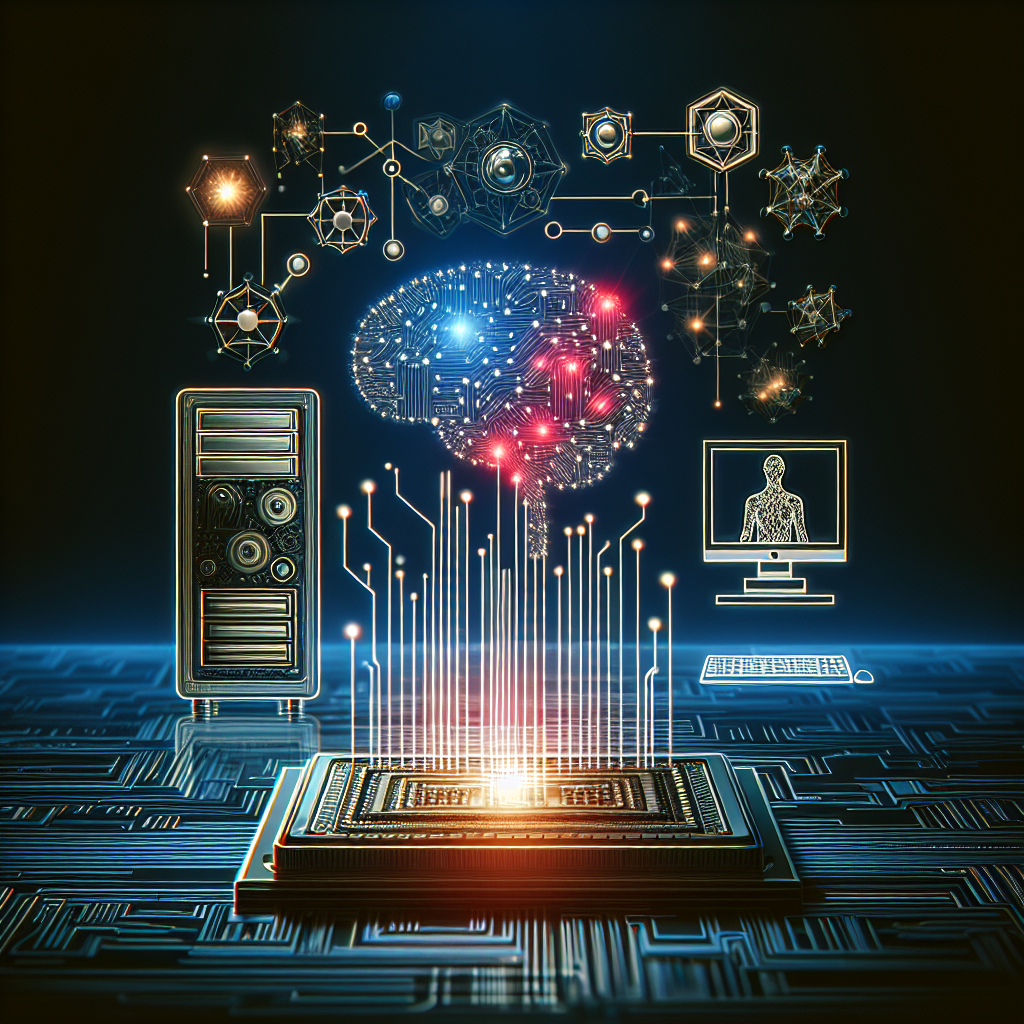
How NVIDIA’s AI Innovations are Shaping the Future of Computing
NVIDIA has long been a leader in the field of artificial intelligence (AI) and their innovations are shaping the future of computing in profound ways. From revolutionizing the gaming industry to driving advancements in autonomous vehicles and healthcare, NVIDIA’s AI technologies are at the forefront of innovation.One of the key ways in which NVIDIA is shaping the future of computing is through their development of powerful AI algorithms that are capable of handling massive amounts of data with incredible speed and efficiency. These algorithms are at the heart of NVIDIA’s deep learning platforms, which are used by researchers, developers, and businesses around the world to train neural networks and create cutting-edge AI applications.
NVIDIA’s AI innovations are also driving advancements in the field of autonomous vehicles. By developing AI-powered systems that can analyze complex real-world data in real-time, NVIDIA is helping to make self-driving cars safer and more reliable. Their platforms are being used by leading car manufacturers to develop autonomous driving technologies that have the potential to revolutionize transportation as we know it.
In addition to revolutionizing the gaming industry and driving advancements in autonomous vehicles, NVIDIA’s AI innovations are also making a significant impact in the field of healthcare. By using deep learning algorithms to analyze medical imaging data, NVIDIA is helping to improve the accuracy and speed of diagnoses, leading to better patient outcomes. Their AI technologies are also being used to develop new drugs and treatments, accelerating the pace of medical research and innovation.
Overall, NVIDIA’s AI innovations are shaping the future of computing in profound ways. By developing powerful AI algorithms and platforms that can handle massive amounts of data with incredible speed and efficiency, NVIDIA is driving advancements in a wide range of industries, from gaming to healthcare. As we look to the future, it’s clear that NVIDIA will continue to play a key role in shaping the way we interact with technology and the world around us.
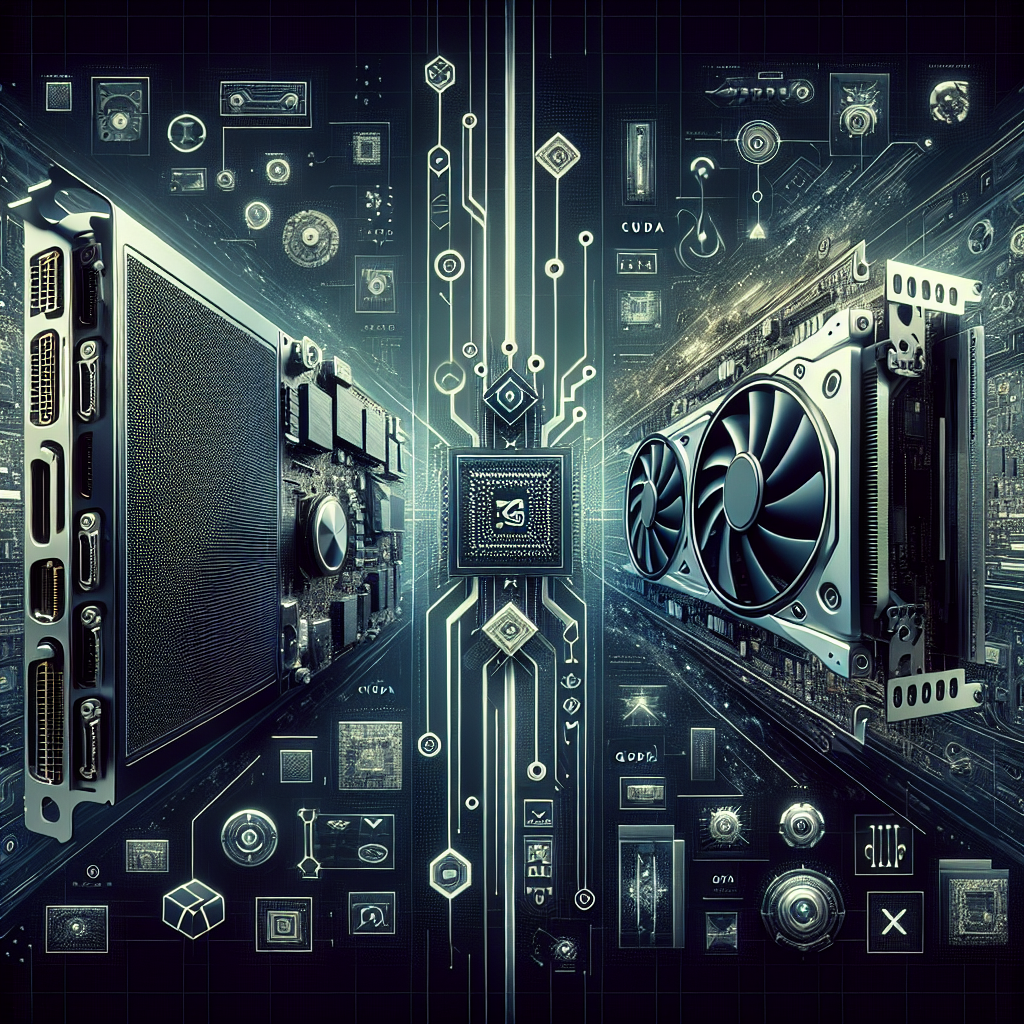
The Future of Computing: How CUDA is Shaping the Next Generation of GPUs
As technology continues to advance at a rapid pace, the future of computing is looking brighter than ever. One key player in shaping this future is CUDA, a parallel computing platform and application programming interface (API) created by NVIDIA. CUDA stands for Compute Unified Device Architecture and is designed to harness the power of NVIDIA graphics processing units (GPUs) to accelerate computational tasks.With the rise of artificial intelligence, machine learning, and big data analytics, the demand for high-performance computing has never been greater. CUDA has emerged as a game-changer in this space, enabling developers to unlock the full potential of GPUs for a wide range of applications.
One of the key advantages of CUDA is its ability to parallelize tasks, allowing multiple calculations to be performed simultaneously on the GPU. This not only speeds up processing times but also enables the handling of larger and more complex datasets. As a result, CUDA has become a staple in fields such as scientific research, finance, and virtual reality, where fast and efficient computing is essential.
In addition to its performance benefits, CUDA is also driving innovation in GPU architecture. NVIDIA’s latest GPUs, such as the Ampere architecture powering the RTX 30 series, are optimized for CUDA programming. These GPUs feature more cores, faster memory, and improved bandwidth, making them ideal for demanding computational workloads.
Looking ahead, the future of computing is likely to be heavily influenced by CUDA and similar technologies. As the demand for high-performance computing continues to grow, GPUs will play an increasingly important role in powering the next generation of applications. From real-time ray tracing in video games to complex simulations in scientific research, CUDA is paving the way for a new era of computing.
In conclusion, CUDA is shaping the future of computing by enabling developers to harness the power of GPUs for a wide range of applications. With its ability to parallelize tasks and optimize GPU performance, CUDA is driving innovation in GPU architecture and paving the way for a new era of high-performance computing. As technology continues to evolve, CUDA will undoubtedly play a key role in shaping the next generation of GPUs and pushing the boundaries of what is possible in computing.
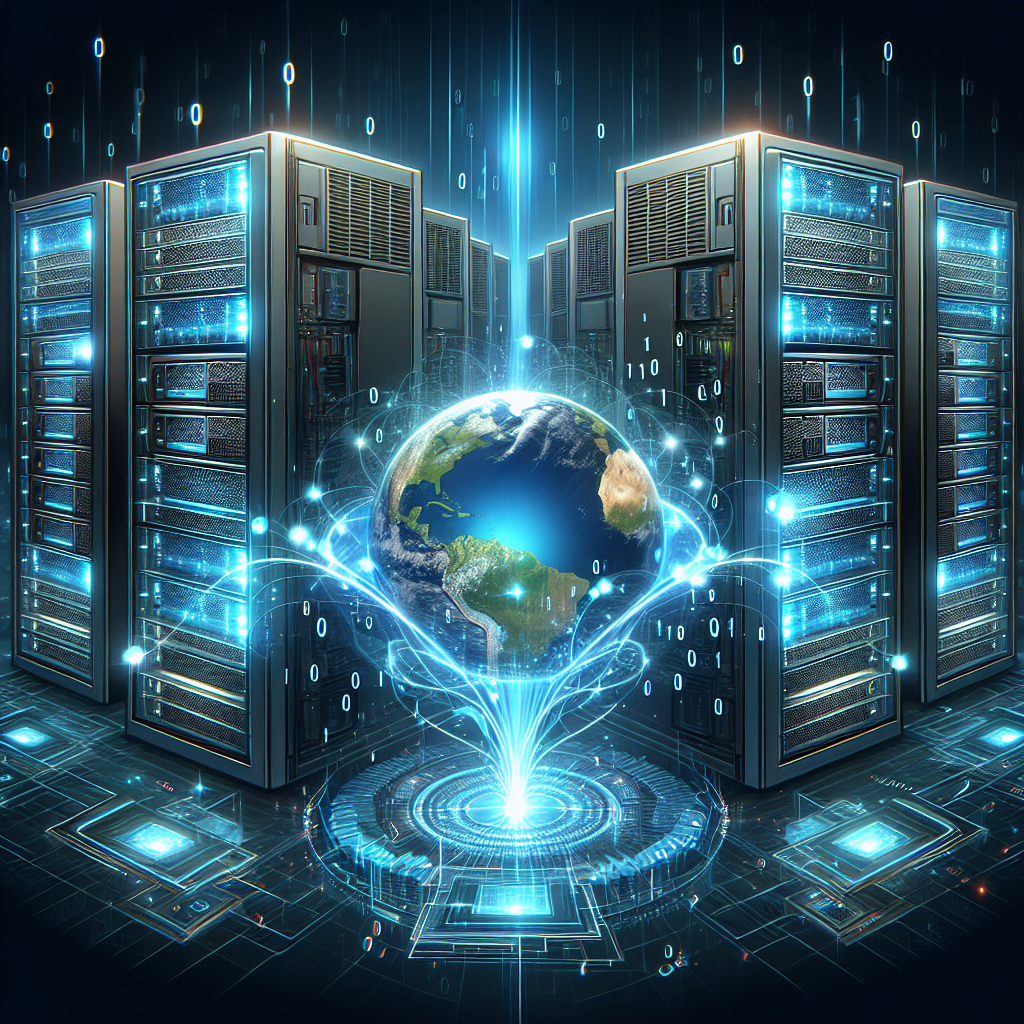
Breaking Boundaries: How NVIDIA’s High-Performance Computing is Shaping the Future
NVIDIA has long been a leader in the field of high-performance computing, pushing the boundaries of what is possible with cutting-edge technology. From powering the latest video games to driving advancements in artificial intelligence and self-driving cars, NVIDIA’s GPUs are at the forefront of innovation.One of the most exciting ways NVIDIA is shaping the future is through its high-performance computing solutions. These powerful systems are able to handle massive amounts of data and process complex calculations at lightning-fast speeds, opening up new possibilities in fields such as healthcare, climate science, and finance.
One of the key advantages of NVIDIA’s high-performance computing solutions is their ability to break down traditional boundaries in computing. In the past, tasks that required massive amounts of processing power were limited by the capabilities of traditional CPUs. However, NVIDIA’s GPUs are able to handle these tasks with ease, allowing researchers and scientists to push the boundaries of what is possible.
For example, in the field of healthcare, NVIDIA’s high-performance computing solutions are being used to analyze massive amounts of genomic data in order to develop personalized treatments for patients. This level of precision and speed would not be possible without the power of NVIDIA’s GPUs.
In the field of climate science, researchers are using NVIDIA’s high-performance computing solutions to model complex weather patterns and predict the impact of climate change. By breaking down the boundaries of traditional computing power, these researchers are able to gain new insights into how our planet is changing and what we can do to mitigate the effects of climate change.
In finance, high-performance computing is being used to analyze market data in real-time and make split-second trading decisions. By harnessing the power of NVIDIA’s GPUs, financial institutions are able to process massive amounts of data quickly and accurately, giving them a competitive edge in the fast-paced world of finance.
Overall, NVIDIA’s high-performance computing solutions are shaping the future by breaking down traditional boundaries in computing and opening up new possibilities in a wide range of fields. Whether it’s revolutionizing healthcare, advancing climate science, or transforming the world of finance, NVIDIA’s GPUs are at the forefront of innovation, driving advancements that were once thought impossible. With NVIDIA leading the way, the future of high-performance computing looks brighter than ever.
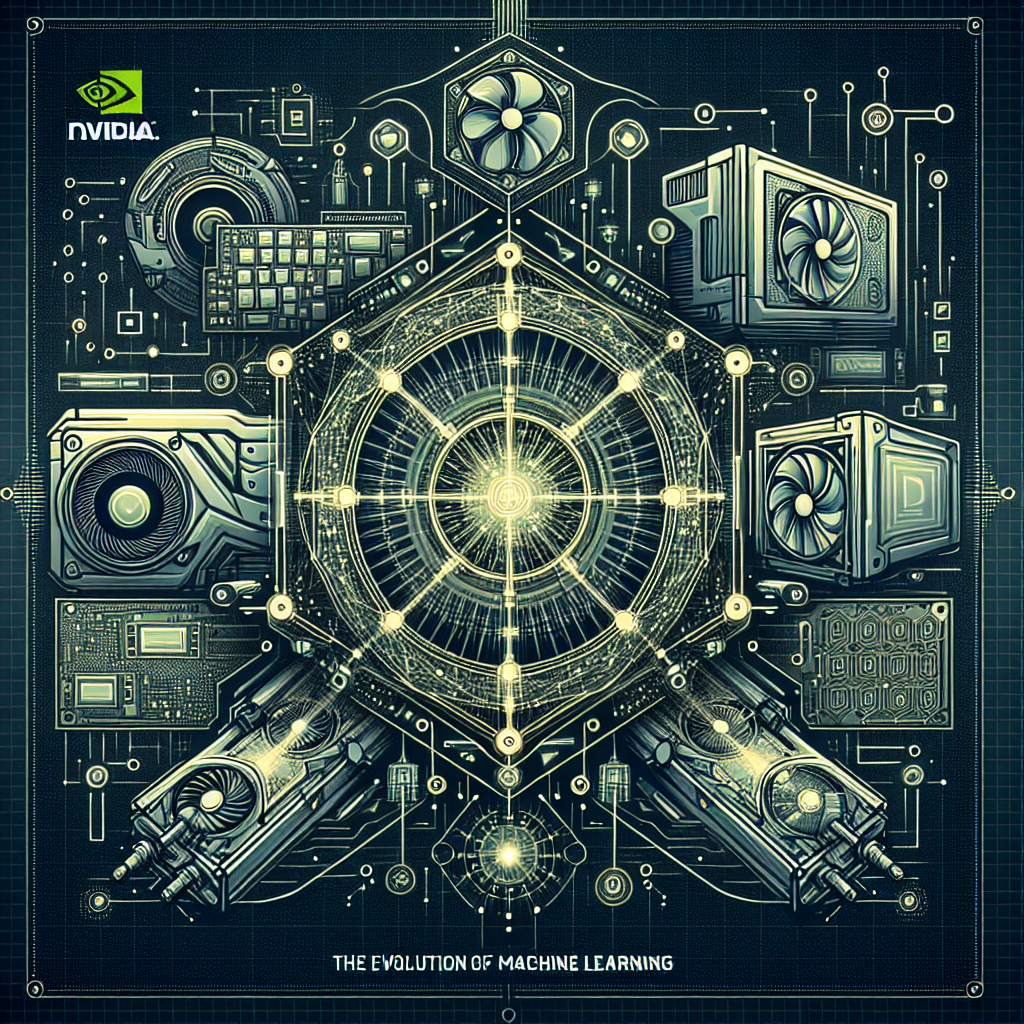
The Evolution of Machine Learning: NVIDIA’s Role in Shaping the Future
Machine learning has become a crucial technology in various industries, from healthcare to finance to self-driving cars. As this field continues to evolve and expand, companies like NVIDIA have played a significant role in shaping the future of machine learning.NVIDIA, a leading technology company known for its graphics processing units (GPUs), has been at the forefront of the machine learning revolution. Its GPUs are widely used in training and running machine learning models due to their parallel processing capabilities, making them ideal for handling complex calculations required for deep learning algorithms.
One of the key contributions of NVIDIA to the field of machine learning is the development of CUDA, a parallel computing platform and application programming interface (API) that allows developers to harness the power of GPUs for general-purpose computing tasks, including machine learning. CUDA has greatly accelerated the training of deep neural networks, enabling researchers and practitioners to build more complex and powerful models.
NVIDIA has also developed specialized hardware for machine learning, such as the Tesla V100 GPU, which is specifically designed for deep learning workloads. The Tesla V100 features Tensor Cores, which are specialized units for matrix multiplication operations commonly used in deep learning algorithms, further accelerating the training process.
In addition to hardware innovations, NVIDIA has also made significant contributions to software development in the field of machine learning. The company has released libraries like cuDNN, a GPU-accelerated library for deep neural networks, and TensorRT, a high-performance deep learning inference engine that optimizes neural network models for deployment in production environments.
Furthermore, NVIDIA has been actively involved in advancing the field of autonomous driving through its DRIVE platform, which provides a comprehensive set of tools and technologies for developing self-driving cars. The platform includes hardware like the NVIDIA Drive PX, a powerful computer for autonomous vehicles, as well as software tools for perception, mapping, and planning.
Overall, NVIDIA’s contributions to the field of machine learning have been instrumental in driving the advancement of this technology and shaping its future. With its cutting-edge hardware and software solutions, the company continues to push the boundaries of what is possible in machine learning, paving the way for innovative applications and breakthroughs in various industries. As machine learning continues to evolve, NVIDIA’s role in shaping the future of this technology will undoubtedly be significant.

The Top Trends Shaping the Managed Services Industry
The managed services industry is constantly evolving, with new trends and technologies shaping the way businesses approach IT solutions. From cloud computing to cybersecurity, there are several key trends that are currently shaping the industry and driving innovation. Here are some of the top trends that are influencing the managed services industry today:1. Cloud Computing: Cloud computing continues to be a major trend in the managed services industry, with more businesses turning to cloud-based solutions for their IT needs. Cloud computing offers scalability, flexibility, and cost efficiency, making it an attractive option for businesses of all sizes. Managed service providers are increasingly offering cloud-based services to help their clients streamline their IT infrastructure and improve efficiency.
2. Cybersecurity: As cyber threats continue to evolve and become more sophisticated, cybersecurity has become a top priority for businesses of all sizes. Managed service providers are increasingly offering cybersecurity services to help businesses protect their data and systems from cyber attacks. From threat detection and response to security audits and compliance, cybersecurity is a critical aspect of managed services today.
3. Artificial Intelligence and Automation: Artificial intelligence (AI) and automation are also shaping the managed services industry, with more businesses leveraging these technologies to improve efficiency and streamline operations. AI-powered tools can help managed service providers automate routine tasks, monitor systems in real-time, and identify potential issues before they become major problems. Automation can also help businesses reduce human error and improve overall productivity.
4. Remote Work and Collaboration: The shift to remote work has also had a significant impact on the managed services industry, with businesses looking for solutions that enable employees to work from anywhere. Managed service providers are offering remote work solutions that include secure access to company data and applications, collaboration tools, and remote support services. As remote work becomes the new norm, managed service providers are adapting their offerings to meet the changing needs of businesses and employees.
5. Internet of Things (IoT): The Internet of Things (IoT) is another trend that is shaping the managed services industry, with more businesses connecting devices and sensors to the internet to collect data and improve operations. Managed service providers are offering IoT services that help businesses manage and secure their IoT devices, analyze data, and optimize performance. From smart buildings to connected vehicles, IoT is revolutionizing the way businesses operate and managed service providers are at the forefront of this transformation.
Overall, the managed services industry is experiencing rapid growth and innovation, driven by key trends such as cloud computing, cybersecurity, AI and automation, remote work, and IoT. Businesses that partner with managed service providers can benefit from these trends by gaining access to cutting-edge technologies, improving efficiency, and enhancing security. As the industry continues to evolve, businesses should stay informed about the latest trends and work with experienced managed service providers to stay ahead of the curve.







